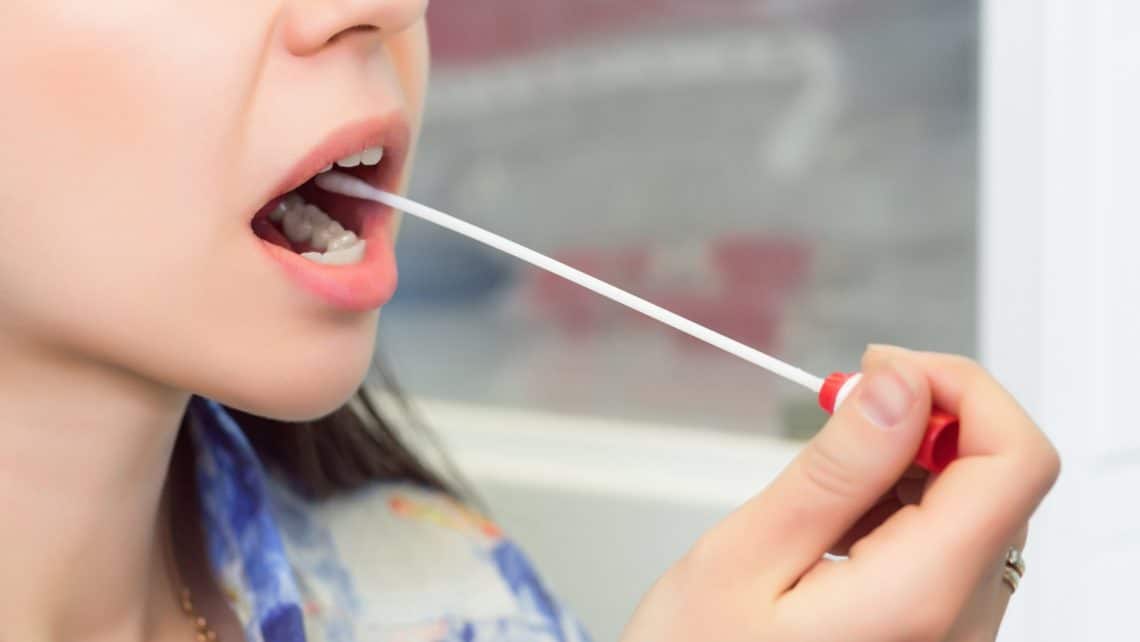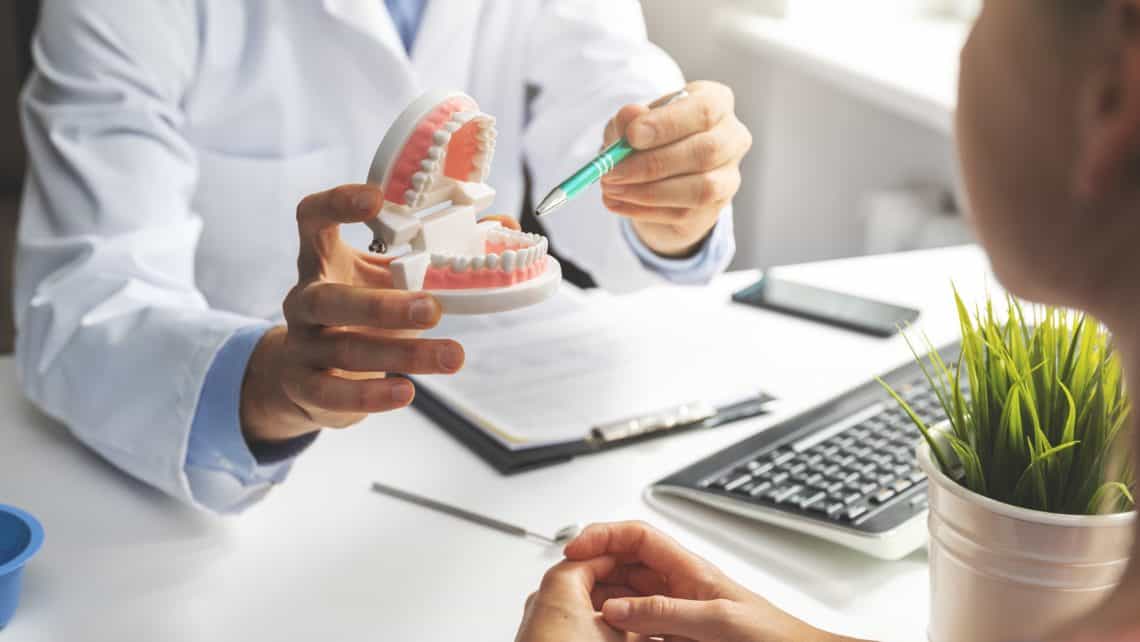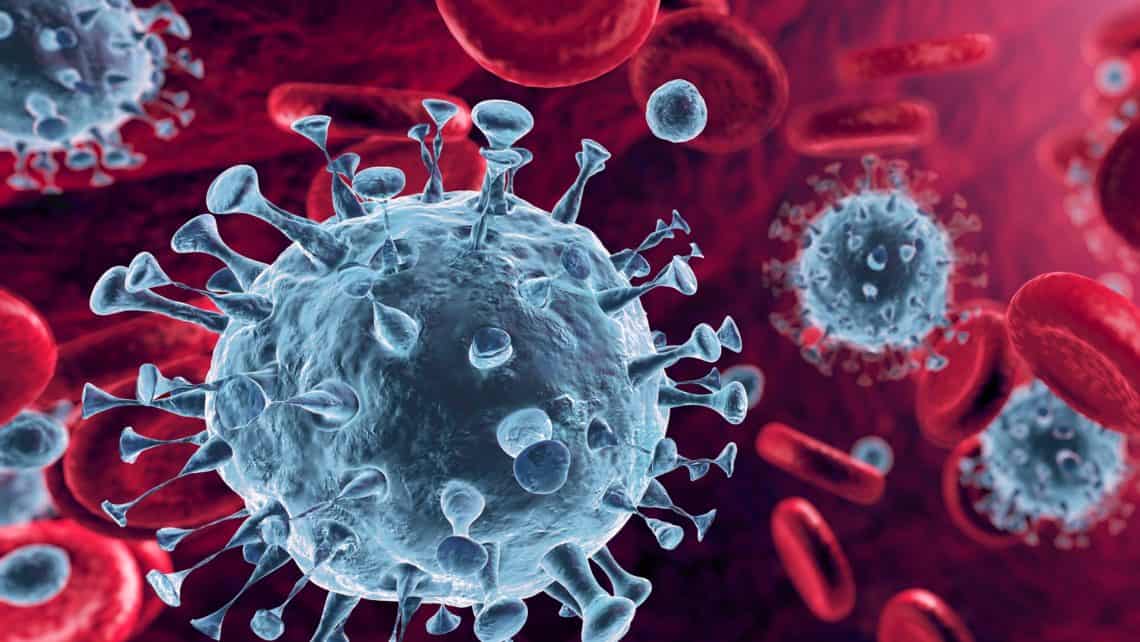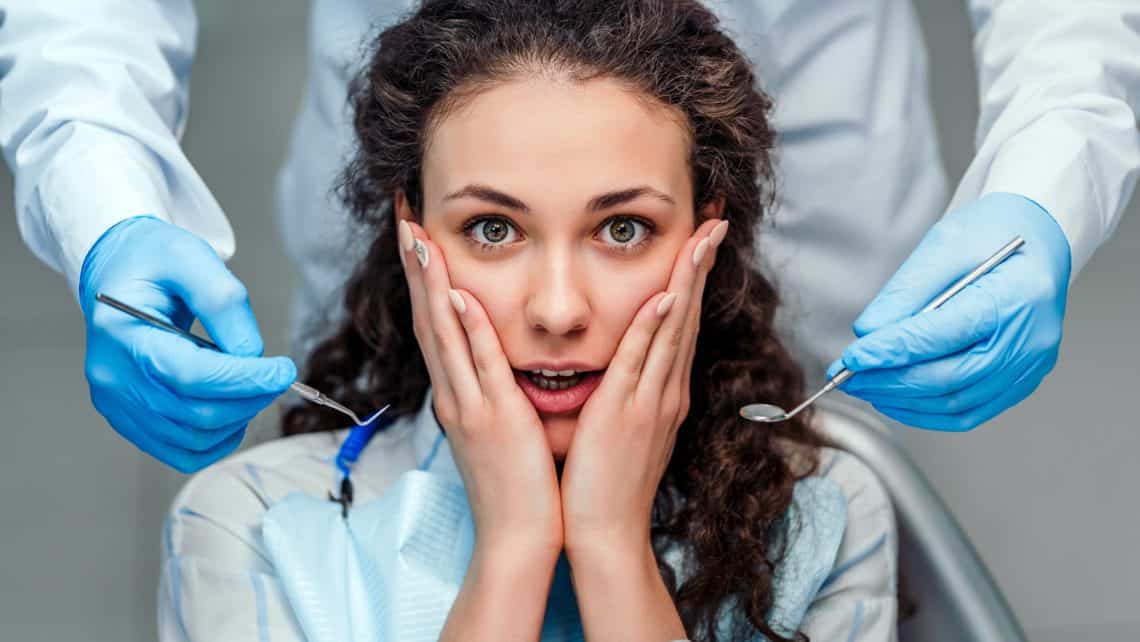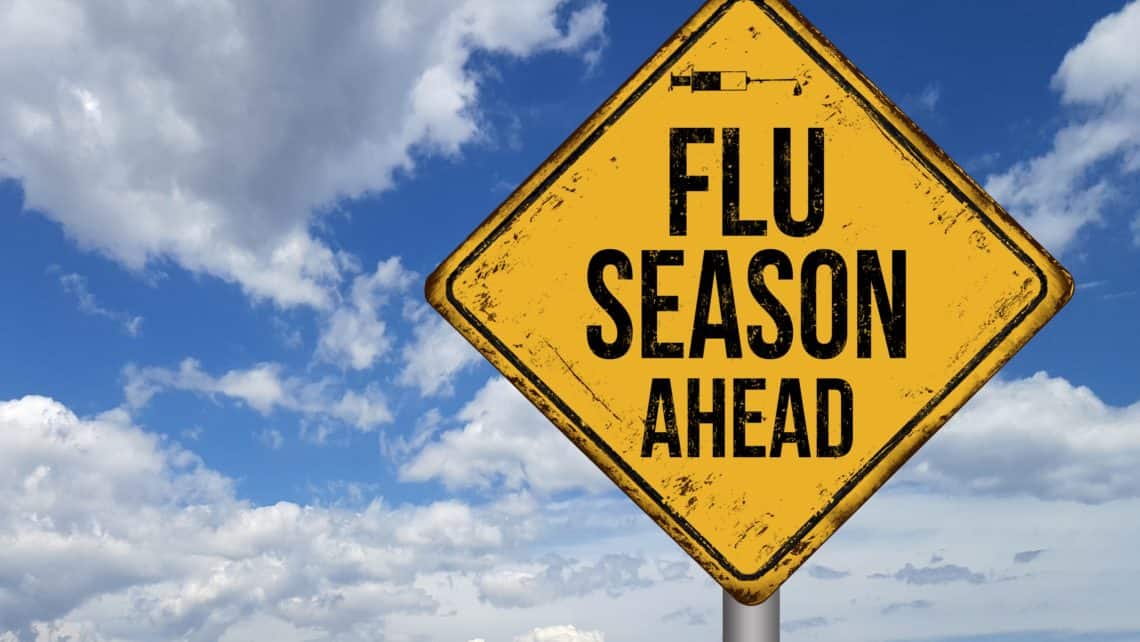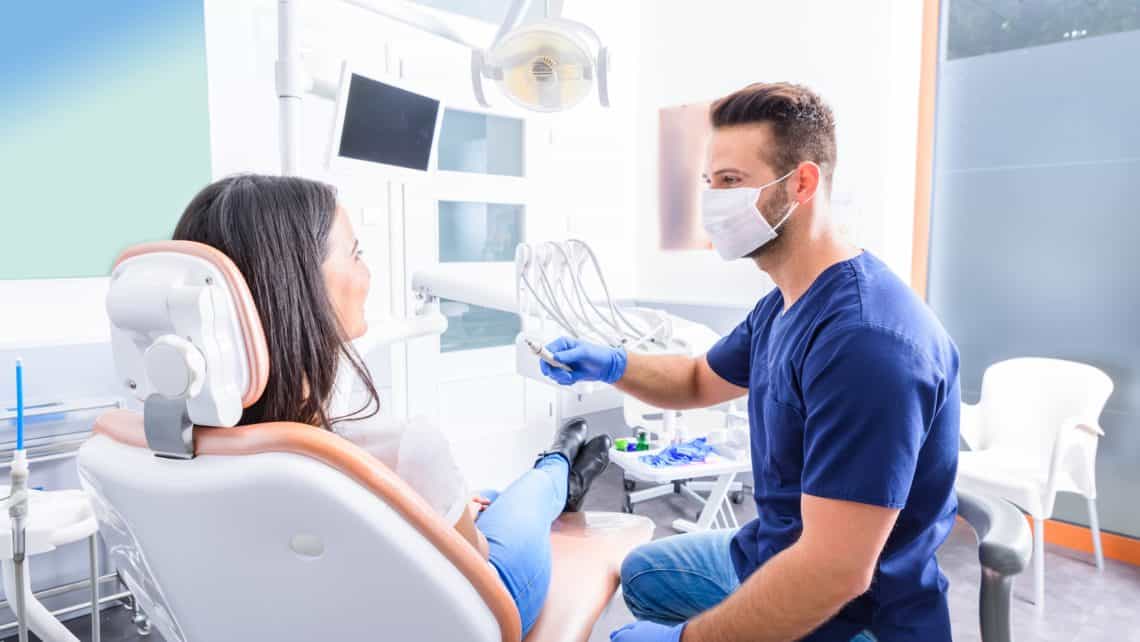Cosmetic Dentistry Brisbane
Dental Care in Winter
Winter is almost upon us and while we feverishly dig out the cardigans, jackets, beanies, and the boots, it is important to winter-proof your dental care as well. The cold
Can saliva prevent dental caries?
Saliva is a clear liquid made by several glands in your mouth area. It is an important part of a healthy body. Saliva consists of 99% water and 1% mix
Why do you need a dental consultation?
A dental consultation is a non-invasive visit to discuss issues, concerns, and to formulate a treatment plan. At Malouf Dental, a consultation will provide information and give you a better
Level 2 Restrictions
The Federal Cabinet today has eased back the COVID-19 restrictions to Level 2 from Monday 27th April 2020. This means more patients can get dental treatments done under the guidelines
Oral Health during Covid-19
While social distancing helps to a great degree, following strict personal hygiene is one of the most important tools to prevent the spread of the COVID-19 infection. Regular handwashing with
How to cope with dental anxiety?
Do you get anxious visiting the dentist? According to a study by the Australian Research Centre for Population Oral Health by the University of Adelaide, high dental fear affects approximately
How do I get rid of a toothache?
A toothache can be a frustrating and unpleasant experience. No matter what time of the day or night it may be, people want to find an effective pain reliever to
Is being vegan bad for my teeth?
Veganism is growing in Australia and sales of vegan-friendly foods have soared over the past five years while beef and lamb sales have stalled and is predicted to start going
Oral Care and the flu season
While the world is reeling from the effects of COVID-19, it is also prudent to remember that the winter season in Australia is about to start, and thereby the flu
Is it Safe to Visit the Dentist?
With the coronavirus disease now deemed a pandemic by the World Health Organisation, the Australian Dental Association provides updated information about preventive measures that should be applied by dental clinics.

